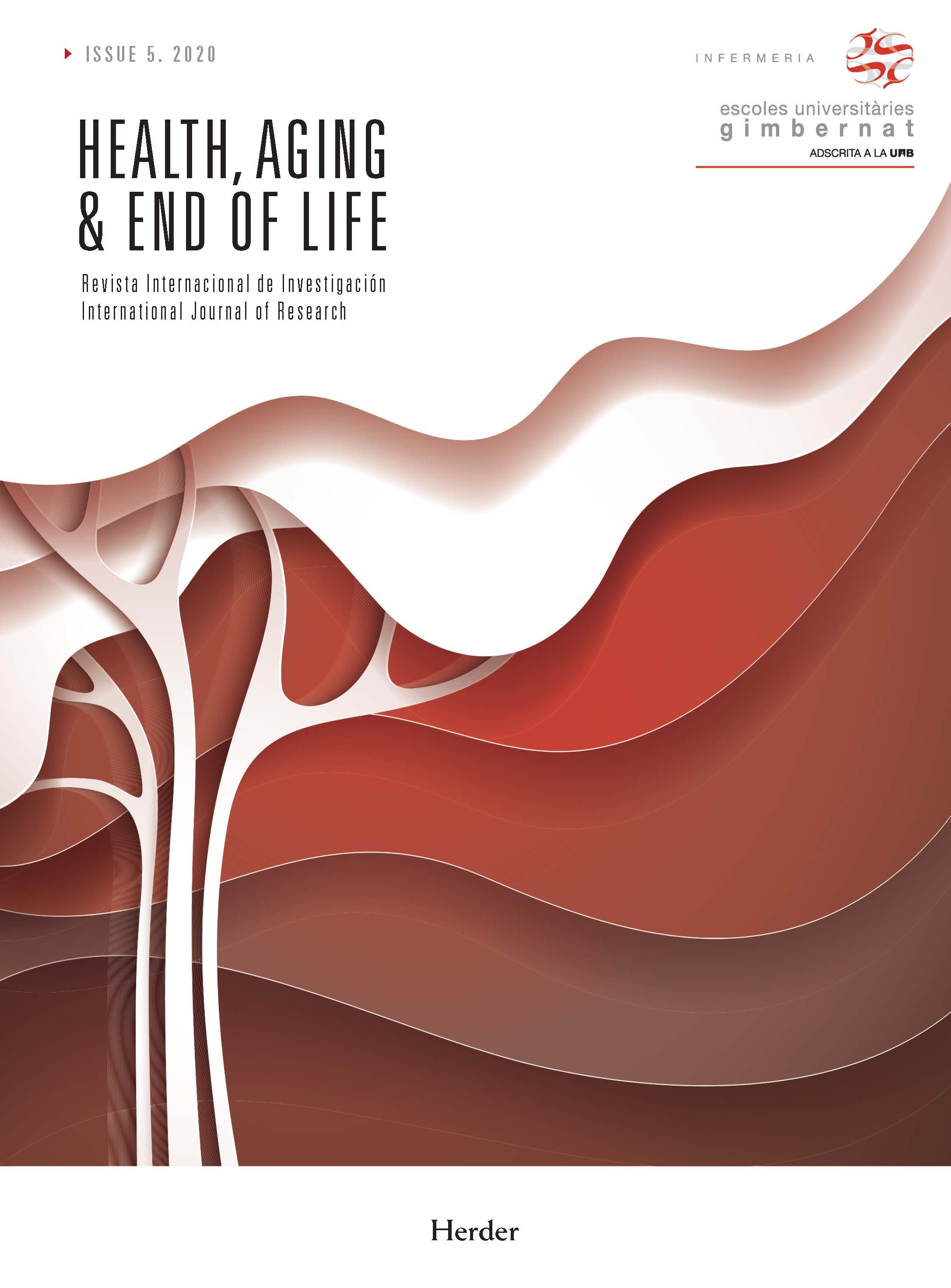Resumen
Método: Participantes: 286 alumnos de primer curso y 165 alumnos de tercer curso de la Escuela de Enfermería de la Universidad Católica de Valencia.
Procedimiento: Se administró la traducción al español del cuestionario Coping with Death de Bugen, el cual es un instrumento unidimensional que consta de 30 ítems. Hoy en día ser acepta en mayor medida la multidimensionalidad de las escalas de medida en diversas áreas, y específicamente en el estudio de las actitudes hacia la muerte. Para analizar la potencial multidimensionalidad del instrumento, se llevó a cabo un análisis factorial exploratorio, resultando en cinco factores y la exclusión de algunos ítems que no pudieron ser agrupados en estas u otras dimensiones. Posteriormente, se realizó un Análisis Factorial Confirmatorio con el objeto de verificar la validez del modelo de medición.
Resultados: El Análisis Factorial Confirmatorio mostró que el modelo de cinco factores tuvo un ajuste adecuado (NNFI: .904; CFI: .920; IFI: .921 y RMSEA: .052). Sin embargo, el estudio de la fiabilidad de las respuestas sugirió excluir la dimensión 5 (alfa de Cronbach .484). Tras la exclusión de dicha dimensión, el modelo factorial mantuvo un adecuado funcionamiento (NNFI: .917; CFI: .934; IFI: .934 y RMSEA: .066).
Conclusión: La escala Breve de Bugen de Competencia ante la muerte (EBBCAM) es un instrumento adecuado para la medición de la Competencias Percibida ante la muerte en los estudiantes de Grado en Enfermería. Esta escala es de fácil y rápida aplicación y ofrece datos en áreas concretas relacionadas con el constructo analizado.
Citas
AACN. (2000). Annual State of the Schools. 13.
Brysiewicz, P. y Mcinerney, P. (2004). A pilot study of competency amongst health workers in the Uthukela District in Kwazulu-Natal. Curationis, 27, 43-48.
Bugen, L. (1980-1981). Coping: Effects of death education. Journal of Death and Dying, 11, 175-183. En Neimeyer, R.A.: Métodos de evaluación de la ansiedad ante la muerte. 159-174. Barcelona: Paidós.
Colell, R. (2005). Análisis de las actitudes ante la muerte y el enfermo al final de la vida en estudiantes de enfermería de Andalucía y Cataluña. (Tesis Doctoral inédita). Universitat Autònoma de Barcelona.
Marchán, S. (2016). Afrontamiento del profesional de enfermería ante la muerte de pacientes, en unidades de paliativos y oncología. Nure investigación, 13(82).
Robbins, R. (1990-1991). Bugen’s coping with death scale: reliability and further validation. Omega, Journal of Death and Dying, 22, 287-299.
Robbins, R. (1992). Death competency: a study of hospice volunteers. Death Studies, 16, 557-569.
Schmidt, J. (2007). Validación de la versión española de la “Escala de Bugen de afrontamiento de la muerte” y del “Perfil revisado de actitudes hacia la muerte”: estudio comparativo y transcultural. Puesta en marcha de un programa de intervención. (Tesis doctoral inédita). Universidad de Granada, España.

